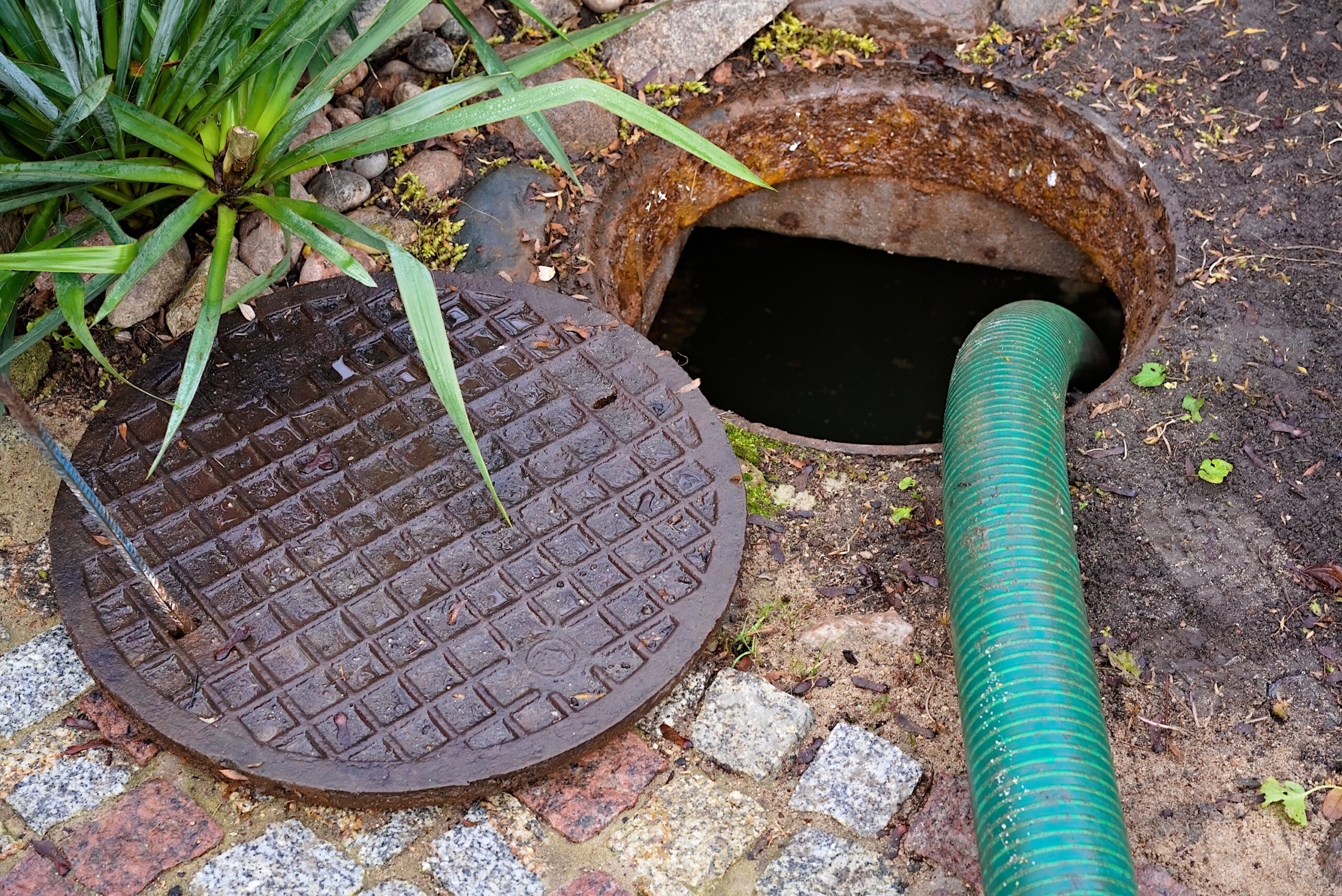Understanding the anatomy of the home septic tank can help homeowners manage these important household systems more effectively. Septic tanks are relatively simple and straightforward; however, if not maintained properly, they can cause considerable expense and inconvenience. Septic system failure can necessitate an entirely new system that can cost thousands of dollars and may require extensive inspections by local health authorities. By performing needed maintenance and increasing the overall efficiency of the septic system, homeowners can avoid these costs and ensure the longevity of their existing wastewater remediation arrangement.
Anatomy of the septic tank
The typical home septic tank is composed of two chambers capable of processing up to 2,000 gallons of wastewater at any given time. Household waste and water enter the first chamber of the septic tank through a T-shaped connection that connects to the outlet pipes leading from the house. This arrangement allows water to flow into the bottom of the tank rather than the top, allowing particulate matter to sink to the bottom while greases and fats float to the top to create a layer of scum.
The first chamber
Bacteria inside the first chamber consume and break down the organic sludge at the bottom of the first chamber, eliminating potentially hazardous compounds and converting them into their components. If the decomposition process is slow or inefficient, this layer of sludge can build up and develop into bio-mat, a thick layer of biological materials that can block pipes and take up valuable room in this area of the septic tank system. Retrofitting the tank with an aerobic septic system like those sold by Aero-Stream can increase the speed and efficiency of decomposition, reducing the presence of bio-mat and improving the quality of the water processed in the first chamber. An opening in the middle of the wall between the two chambers provides a conduit through which processed wastewater can travel easily.
The second chamber
The processing performed in the second chamber is similar to that accomplished in the first. Bacteria break down the remaining organic materials present in the wastewater to continue the remediation process. In systems equipped with a septic aerator, most of the decomposition and treatment takes place in the first chamber due to the superior efficiency of aerobic bacteria in the septic tank environment. The second chamber usually remains relatively clean and free of bio-mat and unprocessed sludge. Treated water then flows outward through another T-shaped pipe connection and into the distribution box, which distributes the water into the trenches of the leach field for filtering and return to the environmental water table.
Installing an Aero-Stream septic aerator can boost decomposition rates and efficiency throughout the septic system and reduce the need for frequent pumpings and service calls. By putting the power of aerobic bacteria to work in their own septic tanks, homeowners can improve the function and increase the longevity of these vital waste management systems.











